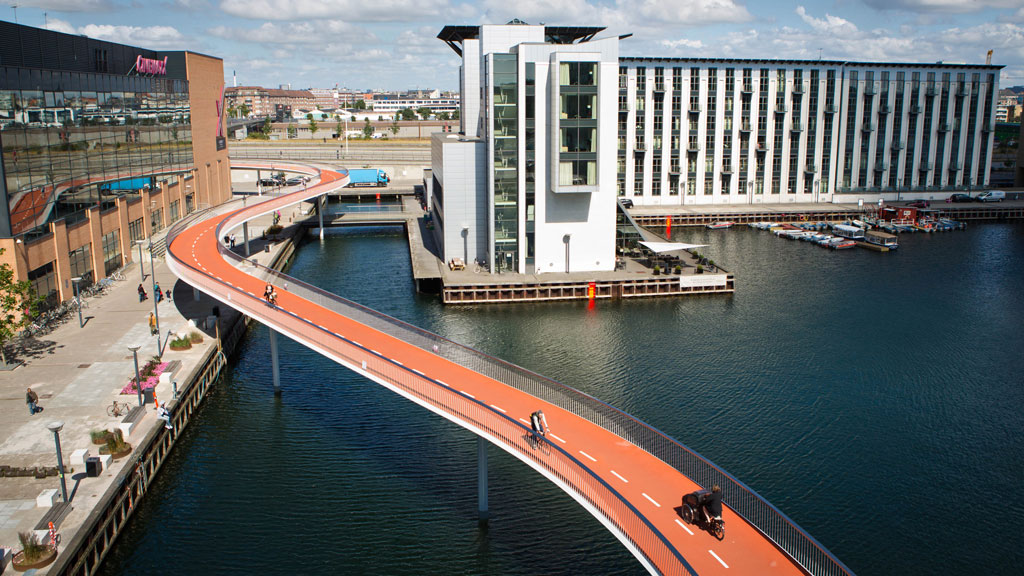A new concept that appeared nearly 10 years ago, the Smart City is now part of our daily lives. City of the future, connected city, eco-city… Many terms are used to define the concept. But what is it in concrete terms? The main objective is to respond to the challenges of managing growing metropolises that are becoming increasingly connected thanks to the adoption of the Internet of Things.
The Smart City is based on the idea that using citizen data, sensors and digital technology can make urban services and processes more efficient. And this, while responding to ecological issues.
The challenges of the Smart City
Like sustainable development, mobility is a key challenge for Smart Cities. Indeed, bike paths, transportation and carpooling services, or even smart parking lots must be made available to citizens. Thanks to aggregated data, residents are able to be informed in real time. This data can also be used to optimize other city services.
Another important perspective of smart cities: open data. Synonymous with coordination and transparency, this opening of data has become a real system of data control. Nantes, Lille and Toulouse, for example, have their own open data. By providing data on waste collection flows, the measurements collected by our Heywaste sensor also contribute to a sustainable city, while helping the circular economy to develop.
Finally, the citizen is perceived as the central actor of the smart city and makes him or her a “consumer actor”. Indeed, a Smart City must be built around the needs of the latter.
In addition to economic and governmental challenges, there are also issues concerning the city’s international influence, its urban development and the social cohesion that resides there.
Which are the smartest cities ?
Among the world’s largest cities, some excel in terms of connectivity and urban furniture. The Cities Index offers a ranking of the smartest of them.
Followed by New York and Amsterdam, London is at the top of the ranking. Renowned for its highly developed startup ecosystem, the city has an international reach, with four airports available to citizens. In the field of transport, London is also innovating with its Heathrow pods, autonomous electric cabs that replace buses at Heathrow airport. The city is also known for its open data platform. Indeed, the data collected by the city’s sensors are available on the Datastore.
A little further down the ranking, we find Copenhagen. Even though it is in eighth position, the Danish capital is at the forefront of connectivity, data and connected objects.
The city is a true example of a Smart City, particularly through its smart and connected street furniture. For example, garbage cans are already connected, reducing the city’s environmental footprint. Copenhagen has even created a real bicycle highway of nearly 400 kilometers for cyclists, for whom safety is a top priority. The capital even aims to become the first carbon neutral city by 2025.
In addition, in the context of environmental preservation, Copenhagen is implementing the « Green Kayak » initiative, which consists of collecting waste in the capital’s particularly polluted waters. In exchange: a free kayak tour.
More locally, the city of Rennes also has its own Open data plateform. Advanced in the field, Rennes is the first community in 2010 to make available public data from the Rennes transport network. The new simplified interface offers the use of data from a wide range of fields, from the environment to education and health.








